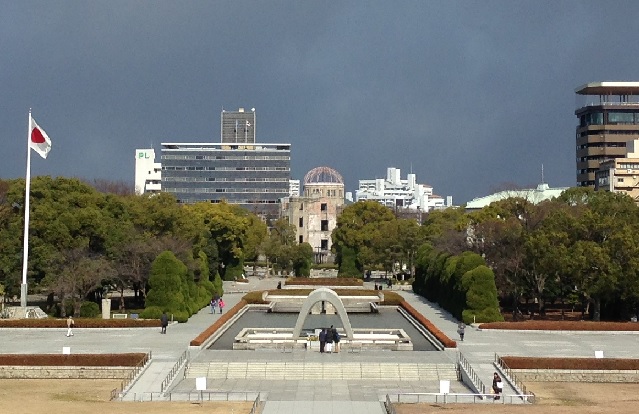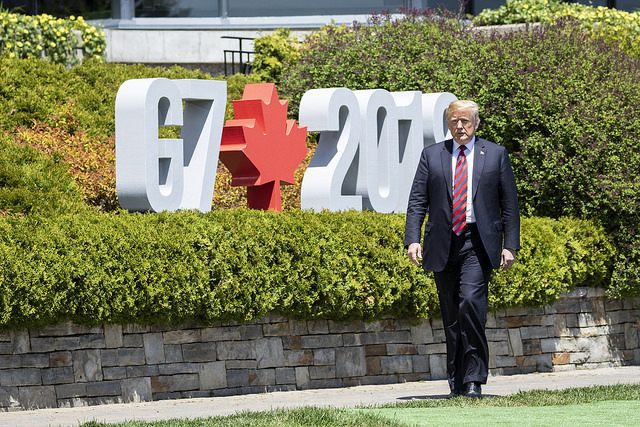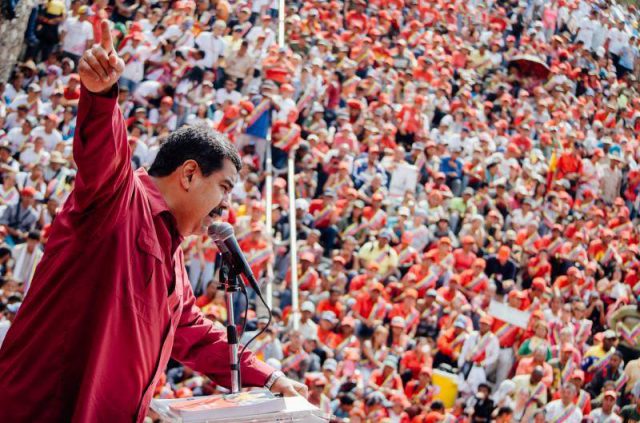ASPI suggests

The world
Is the Caspian Sea a lake or a sea? For decades this question caused dispute and deadlock between the countries on its shores. On Sunday, Russia, Iran, Kazakhstan, Turkmenistan and Azerbaijan signed an agreement settling the legal status—it’s neither lake nor sea but has ‘special status’. The ABC has a great overview, and this infographic summarises the main facts well. Al-Jazeera’s Inside Story brings together three experts who highlight the opportunities and the loopholes in the deal, and DW argues that the military clause in the agreement makes Russia the main benefactor, with Tehran on the losing end.
Iran’s supreme leader claims that he made a mistake in approving the 2015 nuclear deal. Vox explores why Iran refuses to talk to US President Donald Trump, while Foreign Policy argues that Tehran needs a new deal with the US (as long as Russian President Vladimir Putin’s involved). And Politico discusses the spill-over effects of Washington’s Iran sanctions onto Iraq.
From one sanction minefield to the next: Who’s winning the trade war between China and the US? The Atlantic looks into how inviting China into the World Trade Organization in 2001 lay the foundations for tensions and the current standoff. Forbes says China may have shot itself in the foot in choosing to put a tariff on soybeans, and the Wall Street Journal and the New York Times examine the negative impacts the trade war is having on Xi Jinping’s presidency, both with the public and within the leadership of the communist party.
Harvard researcher William Overhault claims that the West is getting China wrong. He says that Xi’s leadership is vulnerable rather than perpetual, which is why he implements policies and reforms the way he does. In a Bloomberg piece, David Fickling writes that China needs to learn some lessons from the Soviet Union’s collapse when it comes to the Belt and Road Initiative, especially regarding misdirected spending.
With the North Korean nuclear issue still unresolved, the Financial Times explains why the US may raise an eyebrow at South Korean President Moon Jae-in’s economic integration plans on the peninsula. Foreign Affairs is pessimistic about the prospects for denuclearisation, claiming that Kim Jong-un’s got what he wants and that Trump hasn’t exactly ‘solved’ the problem. The National Interest proposes a different approach, arguing that Pyongyang could keep its nukes if it showed some ‘good faith’.
This London School of Economics blog post shows why the populist radical right has been outperforming its counterpart on the left in elections in the past decade. (Spoiler: It’s because they are better at expressing their message on key issues such as immigration.) Emily Schultheis in The Atlantic shows how German reporting can teach the world’s media how to cover far-right parties without empowering them.
The Economist’s 1843 magazine has two great pieces: Adnan Sarwar describes his experiences serving as a Muslim with the British Army in Iraq, and David Gelber discusses the significance of The colour of time, a collaboration between historian Dan Jones and artist Marina Amaral that features colourised photographs of world history from 1850 to 1960. This long New York Times article portrays Lt Marina A. Hierl, the first woman in the US Marine Corps to lead an infantry platoon— which arrived in Australia in April 2018. And this piece pays tribute to poet V.S. Naipaul’s imagination.
Tech geek
Russia has rolled out the latest variant of its Backfire bomber—the Tu-22M3M. It’s equipped with new avionics, a new engine and more advanced electronic warfare capabilities that will allow it to launch ballistic missiles and the advanced Kh-32 anti-ship missile.
The race to counter stealth is not stopping. The next step, after low-frequency radar, appears to be radio-photonic radar technology. Russia and China are both undertaking R&D into this technology. The US is also working on photonics for signals intelligence applications.
China has released a new video, I am a Chinese soldier, about its military which has gone viral. It deals with the personal sacrifices made by PLA personnel. Most disturbingly, it includes the line ‘Peace behind me, war in front of me’, suggesting an inevitability of conflict.
Space has been in the headlines this week. The US Department of Defense released its report to Congress on the potential US space force earlier this week, renewing debate on the proposal. See Neil deGrasse Tyson on the space force, and why it’s not a dumb idea. Also, Michio Kaku tries to explain space security to an MSNBC host.
The US has warned Russia about its pursuit of space weapons, including a mobile laser weapon, and a new ‘inspector satellite’ that could be used to interfere with US and allied satellites. The US is giving space-based missile defence a second look, particularly because of the threat posed by Russian and Chinese hypersonic weapons. And a recent paper at a Black Hat hacker conference in Las Vegas reinforces the prospect of cyberattacks on satellites.
Multimedia
This Daily Mail photo series on Laboratory No. 5 RI-400, a secret Soviet military research lab on the Black Sea, has some fascinating pictures of rusting torpedoes and abandoned, decaying facilities.
Amid the anti-Semitism debate in the UK’s Labour Party, BBC Newsnight gathers the views from the Jewish and Labour voting community in Manchester. [8:55]
Al-Jazeera’s Inside Story features a hot debate between representatives from China, the US and Australia in ‘Is the US looking for war in space?’ [25:10]
To commemorate the 73rd anniversary of Japan’s surrender in World War II, listen to Prime Minister Ben Chifley’s announcement to the Australian people on 15 August 1945. [6:03]
Podcasts
Pod Save the World presents ‘Space Force all the way!’ Not much explaining needed with this title. [37:58; skip ads at 16:05–18:32, 26:38–29:59; caution, coarse language].
The APPS Policy Forum dives into possible flashpoints in Asia (featuring, among others, Dr Brendan Taylor and his recently published book on the topic) and how the continent is beginning to appear like 20th-century Europe. [42:33]
Carnegie’s Paul Haenle interviews Elsa B. Kania, fellow at the Center for a New American Security and non-resident fellow at ASPI’s International Cyber Policy Centre, on innovation and technology in China and the US while both face greater strategic competition. [23:25]
Events
Melbourne, 21 August, 6–7 pm, University of Melbourne: ‘Inter-Korean peace-building and denuclearisation of North Korea’. Book here.
Canberra, 21 August, 11.30 am – 12.30 pm, Australian National University: ‘Embers of empire in Brexit Britain’. Registration here.
Canberra, 27 August, 6–8 pm, National Library of Australia: ‘Madam Ambassador—women, leadership and diplomacy’ with high-level representatives. Tickets here.









